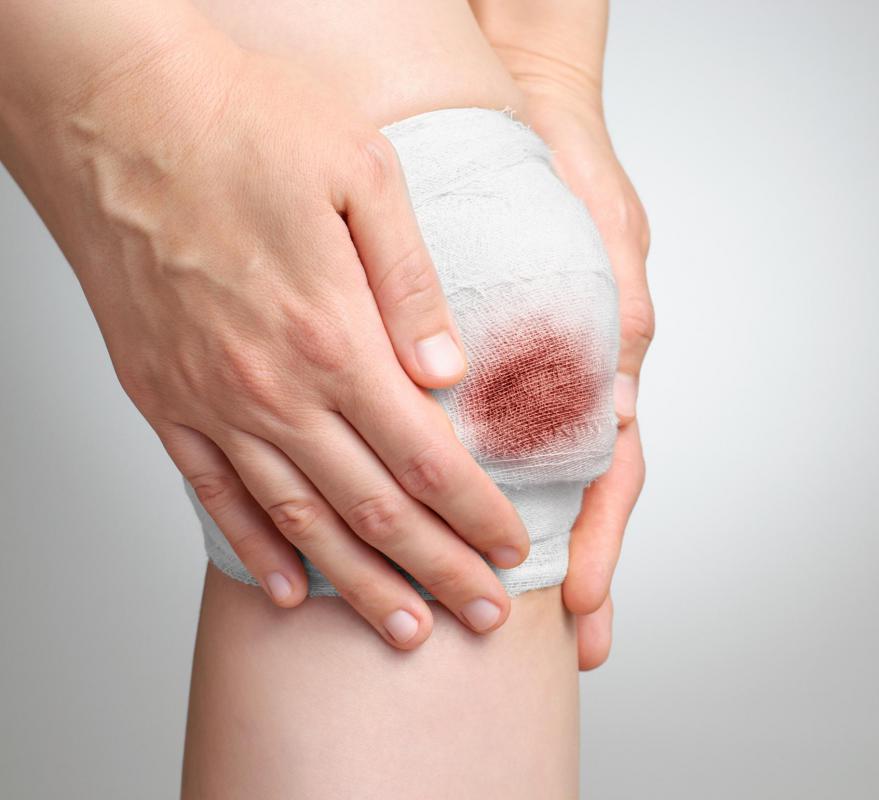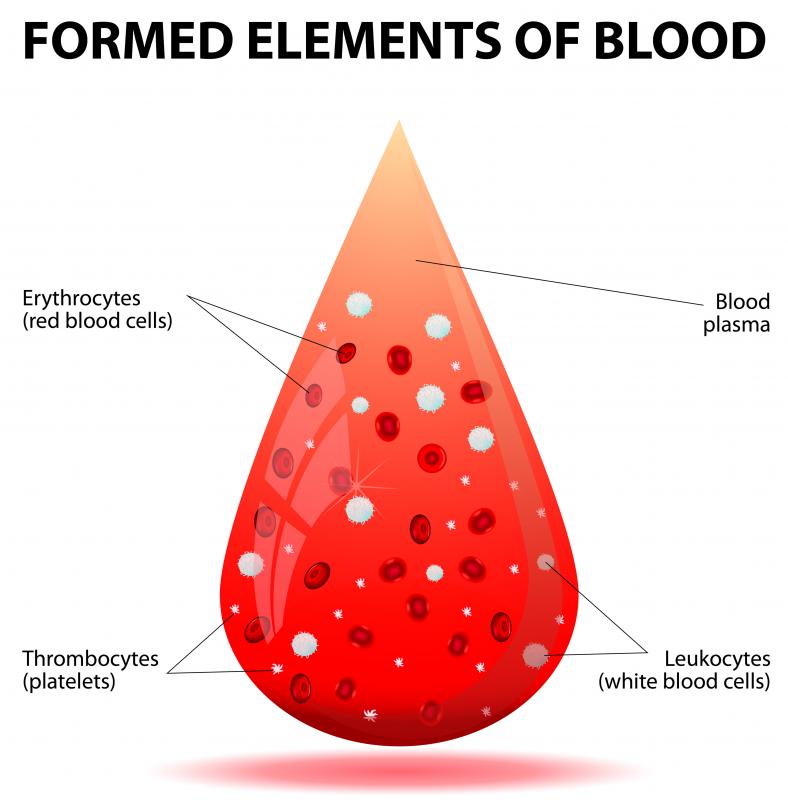At TheHealthBoard, we're committed to delivering accurate, trustworthy information. Our expert-authored content is rigorously fact-checked and sourced from credible authorities. Discover how we uphold the highest standards in providing you with reliable knowledge.
What is Diapedesis?
The blood vessels are lined with the endothelium, a layer of cells that tends to protect blood cell migration outside of the cells. However, injury or trauma can cause white blood cells to migrate across the endothelium. This process is called diapedesis.
As a result of this condition, white cells become part of the interstitial fluid, which surrounds the blood vessels and the tissue cells of the body. The white cells may exhibit diapedesis to fight infection in the tissues surrounding blood vessels. The blood vessels themselves provide a built-in pathway for diapedesis to occur when needed.

When the white cells slow down, they can slip through tiny spaces in the endothelium, called interendothelial spaces, which widen in response to the presence of chemicals the body produces in larger number during an infection or traumatic injury. The slow down of the blood cells is also caused by a release of chemicals, which makes the white cells respond in order to address infection.

Part of the swelling due to injury or infection is caused by diapedesis. The white cells are intensely active, because as well as destroying bacteria, they also work to form a barrier around an infection that can help prevent the rest of the body from becoming infected. In small localized infections, this effect can be quite beneficial. In larger infections, the migrating infection may overpower the migrating white cells.

The cells primarily involved in this process are neutrophils and cytokines. The neutrophils are like an emergency response team. They are the first to arrive through diapedesis at the site of an infection. In the first 24 hours of an infection, inflammation tends to be the result of huge amounts of neutrophils filling the site.
Persisting inflammation is usually filled with varying leukocytes and cykotenes. As well, long-term inflammation tends to exhibit white cells other than the neutrophils, which can only live for a few days outside of the blood vessels.
A rare autoimmune disorder called leukocyte adhesion deficiency can imperil the process. With this condition, the body fails to exhibit a chemical response to slow down the white blood cells, thus diapedesis cannot occur. Inhibiting this natural process of the body results in larger numbers of infections that are difficult to treat because diapedesis does not occur as normal. Sometimes bone marrow transplantation can help restore the normal chemical response of the body, thus encouraging diapedesis more regularly in response to infection.
AS FEATURED ON:
AS FEATURED ON:













Discussion Comments
You say that leukocyte adhesion deficiency is an "autoimmune disorder." However, it was my understanding that it's a genetic disorder in which the CD18 adhesion molecules either don't get produced or are defective and don't allow for adhesion to occur. Are there documented cases of an autoimmune etiology for this syndrome?
When inflammation subsides and the white cell production along with diapedesis obviously decreases, what happens to the white cells, inflammatory chemicals and bacteria that caused this initial response?
If inflammation of an injury lasts longer than a couple of days, though, it is advisable to see a doctor; in many cases, swelling should at least go down noticeably in about a day, in not end entirely. If it does not, then that is a possibly sign of a bigger problem.
Post your comments